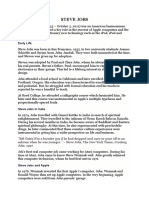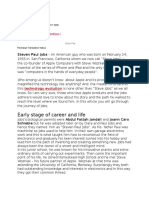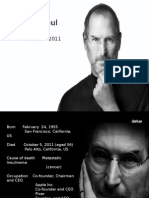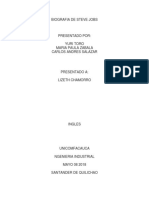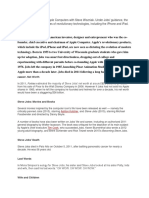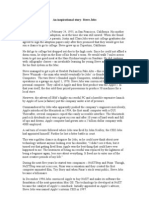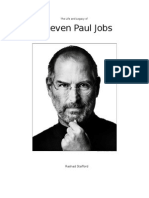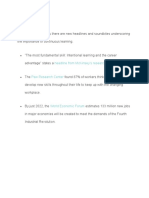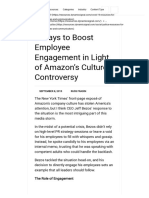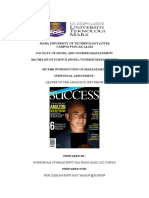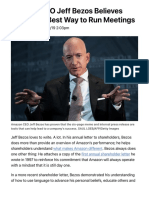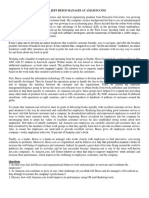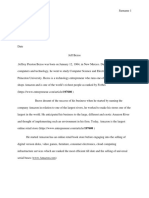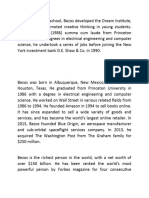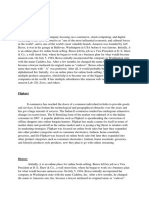0% found this document useful (0 votes)
194 views12 pagesTech Innovators' Early Lives
Bill Gates was born in 1955 in Seattle, Washington to an upper-middle class family. His father was a lawyer and his mother served on the boards of several corporations. Gates enrolled at Harvard but dropped out in 1975 to pursue Microsoft full-time with his business partner Paul Allen. They founded Microsoft that year and released their first product, BASIC software for the Altair computer. Gates led Microsoft as CEO from a young age and was very involved in software development and business operations.
Uploaded by
Mahadi HasanCopyright
© © All Rights Reserved
We take content rights seriously. If you suspect this is your content, claim it here.
Available Formats
Download as PDF, TXT or read online on Scribd
0% found this document useful (0 votes)
194 views12 pagesTech Innovators' Early Lives
Bill Gates was born in 1955 in Seattle, Washington to an upper-middle class family. His father was a lawyer and his mother served on the boards of several corporations. Gates enrolled at Harvard but dropped out in 1975 to pursue Microsoft full-time with his business partner Paul Allen. They founded Microsoft that year and released their first product, BASIC software for the Altair computer. Gates led Microsoft as CEO from a young age and was very involved in software development and business operations.
Uploaded by
Mahadi HasanCopyright
© © All Rights Reserved
We take content rights seriously. If you suspect this is your content, claim it here.
Available Formats
Download as PDF, TXT or read online on Scribd
/ 12



